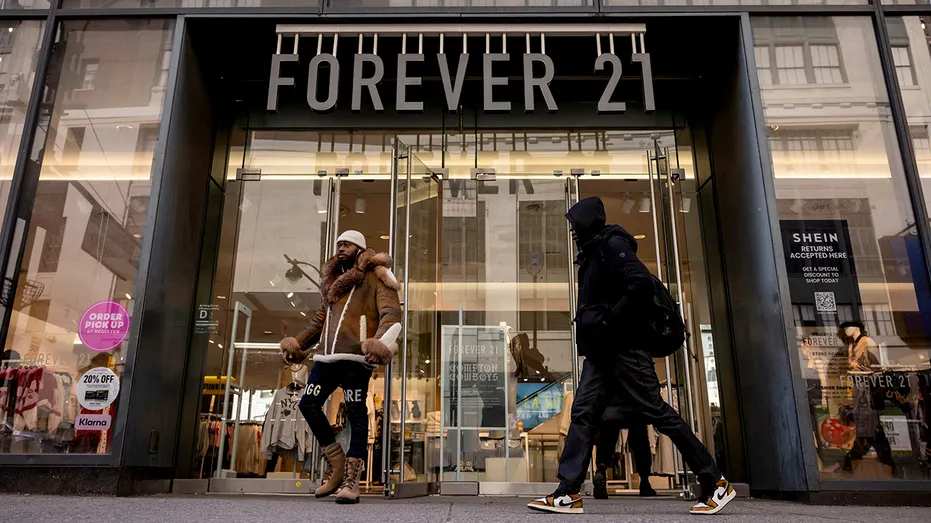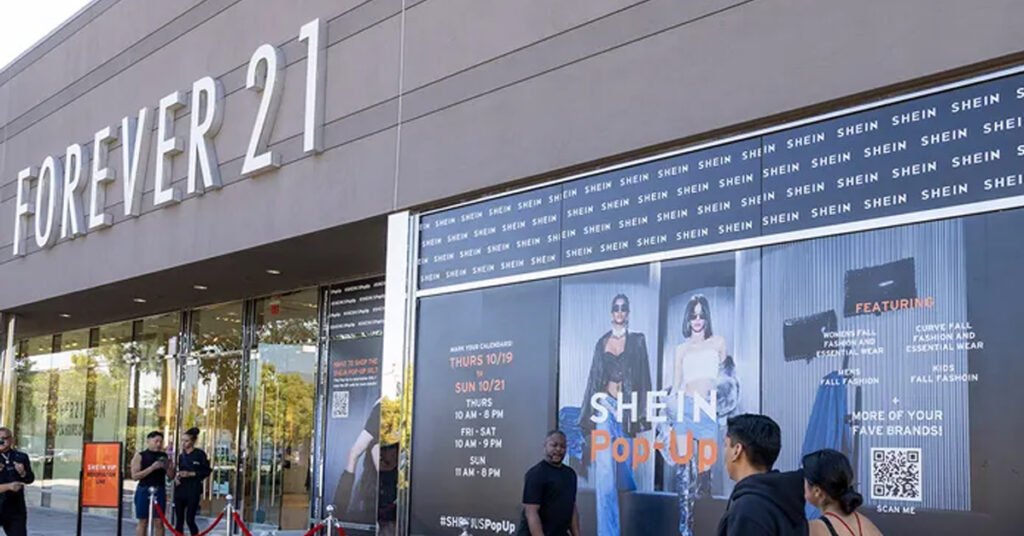Forever 21, once a dominant player in the fast fashion industry, has filed for Chapter 11 bankruptcy once again. With economic shifts, changing consumer habits, and fierce competition from online retailers, the brand faces an uncertain future. Let’s break down what went wrong and what this means for the retail industry.
Forever 21 Files for Chapter 11 Bankruptcy Again
Forever 21’s U.S. operating company, F21 OpCo, officially filed for Chapter 11 bankruptcy protection, marking the second time in six years the retailer has taken this step. The decision follows its inability to secure a buyer for its remaining 350 U.S. stores.
Why Is Forever 21 Struggling?
The retail landscape has changed dramatically over the past decade, with online shopping becoming more prevalent. Forever 21 struggled to adapt, leading to declining foot traffic and sales.
1. Declining Mall Traffic Hurts Sales
Most Forever 21 stores are located inside shopping malls, which have seen a significant drop in visitors due to e-commerce growth and changing shopping habits.
2. Competition from Online Giants
Major e-commerce brands like Shein, Amazon, and Temu have aggressively expanded their fast fashion offerings, undercutting Forever 21 on price and convenience.
3. The De Minimis Exemption Impact
The de minimis exemption allows foreign retailers to bypass customs duties on small shipments, giving online competitors a pricing advantage over U.S.-based brands like Forever 21.
4. Rising Costs and Consumer Behavior Shifts
From inflation to supply chain disruptions, the cost of running a retail business has surged. Additionally, Gen Z shoppers prioritize sustainable fashion, putting fast fashion brands under pressure.

A Look at Forever 21’s Financials
According to a bankruptcy filing in Delaware, Forever 21’s estimated assets range between $100 million and $500 million, while liabilities are between $1 billion and $10 billion. The company also has between 10,001 and 25,000 creditors.
The Role of Sparc Group and JC Penney
Forever 21 is currently owned by Catalyst Brands, a company formed through the merger of Sparc Group (Forever 21’s previous owner) and JC Penney, a department store chain owned by Simon Property Group.
Liquidation Sales and Store Closures
The bankruptcy process includes store liquidation sales. A Bloomberg report suggests that at least 200 of Forever 21’s 350 stores could shut down permanently.
How Forever 21’s Bankruptcy Affects the Fashion Industry
With Forever 21’s decline, other fast fashion brands may rethink their strategies. The focus is shifting towards sustainability, affordability, and digital-first approaches.
Conclusion
Forever 21’s second bankruptcy in six years underscores the fast-changing retail landscape. As the industry moves toward e-commerce dominance, brands that fail to adapt will continue to struggle. Whether Forever 21 can reinvent itself remains to be seen, but for now, it faces an uphill battle in a competitive marketplace.

